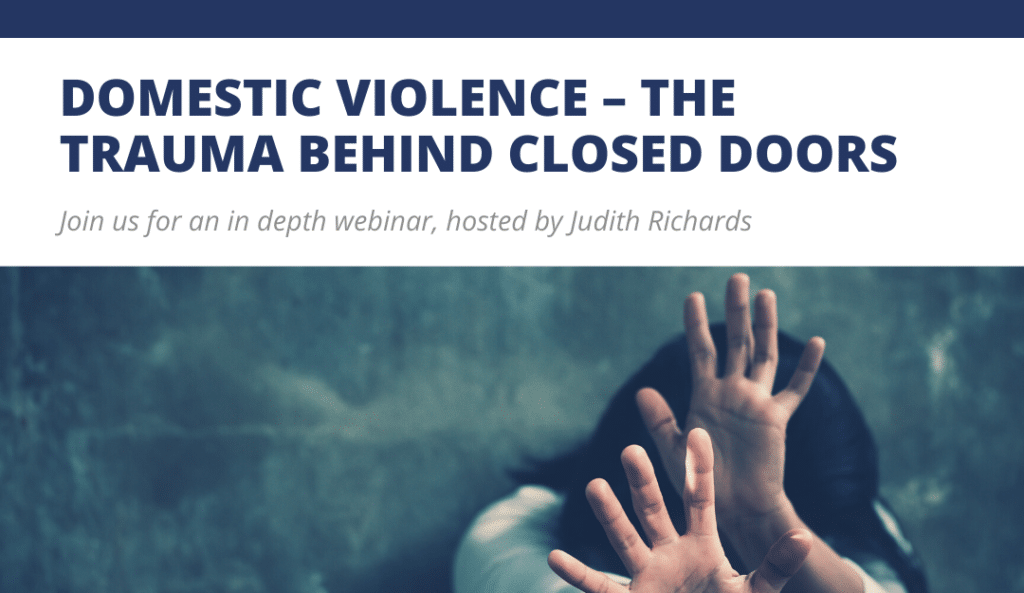DOMESTIC VIOLENCE – THE TRAUMA BEHIND CLOSED DOORS
DOMESTIC VIOLENCE (DV) occurs across ALL ages, genders, socioeconomic and demographic groups.
There is a common misconception that domestic violence only occurs in low socioeconomic demographics. This is simply not true.
There is also a common misconception that DV only affects women. This is also not true.
A building where domestic violence occurs is not a home. It is just a house. Living under the barrage of insults, control, violence, anger, blame, threats or rage creates a volatile and anxious daily life. And not to mention, the devastating and distressing effects on the children involved.
Family violence refers to violence between family members, typically where the perpetrator exercises power and control over another person. The most common and pervasive instances occur in intimate (current or former) partner relationships and are usually referred to as domestic violence. Domestic violence has serious and widespread individual and community impact.
KEY FACTS:
• On average at least one woman a week is killed by a partner or former partner in Australia.
• Men are very unlikely to report domestic violence as a victim.
• Resources and safe houses for men suffering DV are currently non-existent.
• Intimate partner violence contributes to more death, disability and illness than any other preventable risk factor.
• Police are called-out on average, once every two minutes across the country to deal with domestic violence.
• The combined health, administration and social welfare costs of domestic violence has been estimated to be $21.7 billion a year, with projections suggesting that if no further action is taken to prevent domestic violence, costs will accumulate to $323.4 billion over a thirty-year period from 2014-15 to 2044-45.
Not only are the victims in pain, but most of the perpetrators are too. Most perpetrators are traumatised themselves, are hurt, and hurt people will hurt people. If you take away the hurt, they stop hurting people – it is that simple. And that’s what TRTP does.
Anger management programs do not effectively deal with the rage of trauma. The rage of trauma is very different from the slower escalation of irritation or frustration. There is NO build up, no place to notice the escalation and slow it down, no place to catch it before it explodes. No – the rage of trauma is very different from normal anger. It’s like throwing a lit match at petrol – 0 to 1000 kms per hour in a nano second.
Couples counselling or mediation may sometimes be dangerous when it comes to addressing domestic violence. The victim will often be required to discuss the violence whilst the perpetrator is present which may put them at risk.
TRTP has helped many people in domestic violence situations, both victim and perpetrator, to heal, gain control of their lives and feel empowered to make change.
TRTP resolves the trauma of domestic violence.
If you are a therapist seeking to know how you can be trained in TRTP, click here.
If you have experienced domestic violence yourself, and are seeking help, please click here.


